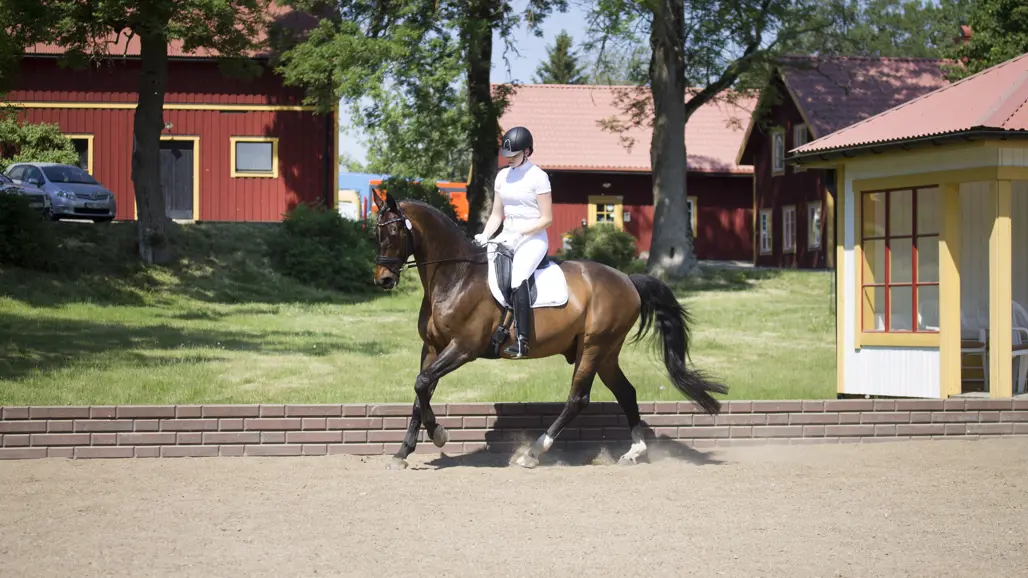
Clear relationship between linear traits and performance in Swedish warmbloods
Linear trait description was introduced in young horse evaluations for SWB-horses more than ten years ago. Now, for the first time, researchers at SLU have investigated how the traits differ between jumping and dressage horses, and to what extent the traits are linked to competition performance.
In traditional conformation evaluation protocols, the judge scores a young horse's characteristics in relation to the breeding goal. To provide an objective and equivalent description of the characteristics of different horses, the so-called linear description has been used in Swedish Warmbloods since 2013. This means that traits are described on a scale between two biological extremes, for example long-short. For Swedish Warmbloods, a nine-point scale is used for about 50 traits. The first linearly described cohorts of Swedish Warmbloods now have several years of competition results, which makes it possible to investigate the relationship between the linearly described traits and competition performance.
The current study showed that there are clear differences between jumping and dressage horses, confirming the discipline-specific breeding that has become increasingly evident in Swedish Warmbloods in recent decades. For jumping horses, 25 linearly described traits were significant for performance in jumping, most of which were jumping traits. For dressage horses, 21 traits were important for performance in dressage, mainly traits related to trotting.
For many traits, the more extreme the expression of the trait, the better the competition results. However, for some traits, a correlation with an optimum value was found, indicating that breeding for more extreme expressions is not beneficial for competitive performance.
The results of the study confirm that linearly described traits can be used as indicators of future racing performance and serve as an important tool in future breeding work.
Link to the publication
https://doi.org/10.1016/j.livsci.2024.105438
Reference
Bonow, S., Eriksson, S., Strandberg, E., Thorén Hellsten, E. & Gelinder Viklund, Å. (2024). Phenotypic associations between linearly scored traits and sport performance in the Swedish Warmblood horse population. Livestock Science 282.
Contact
-
Person